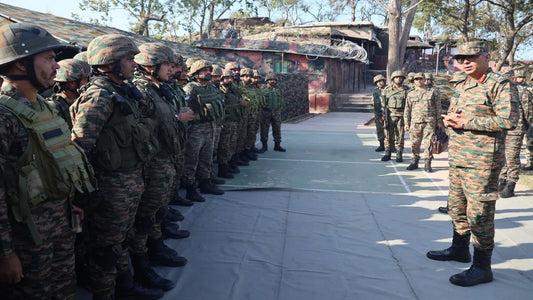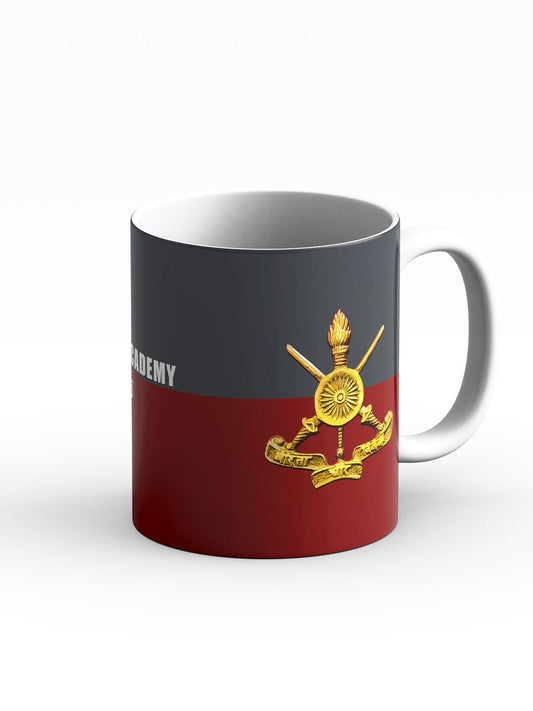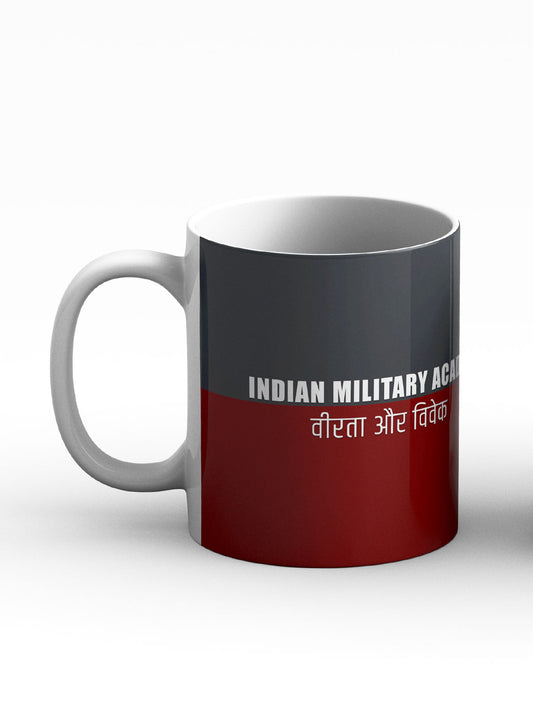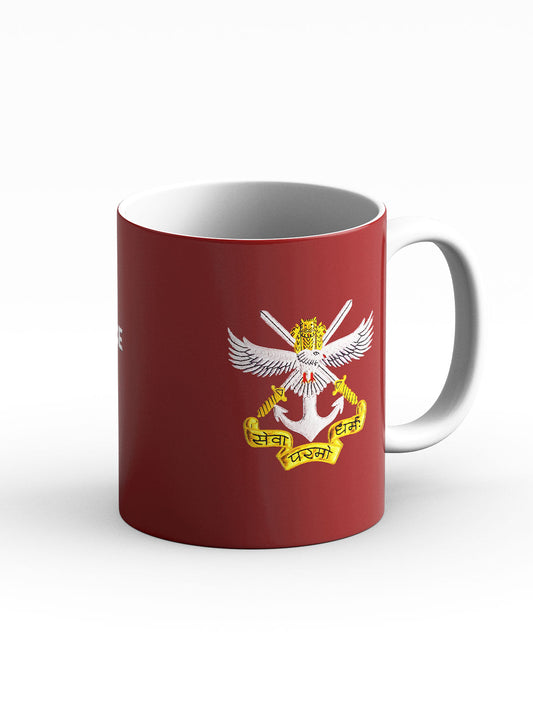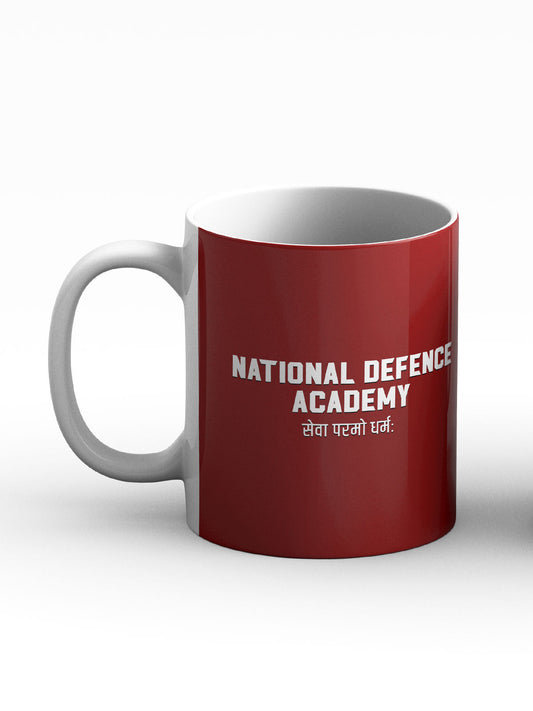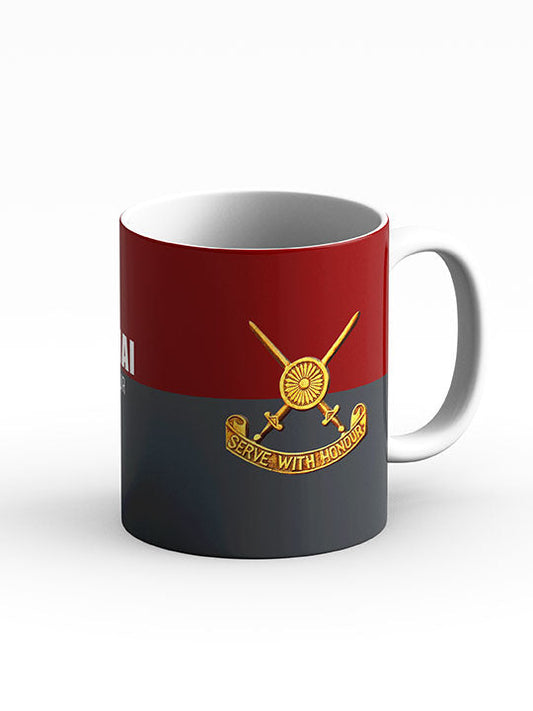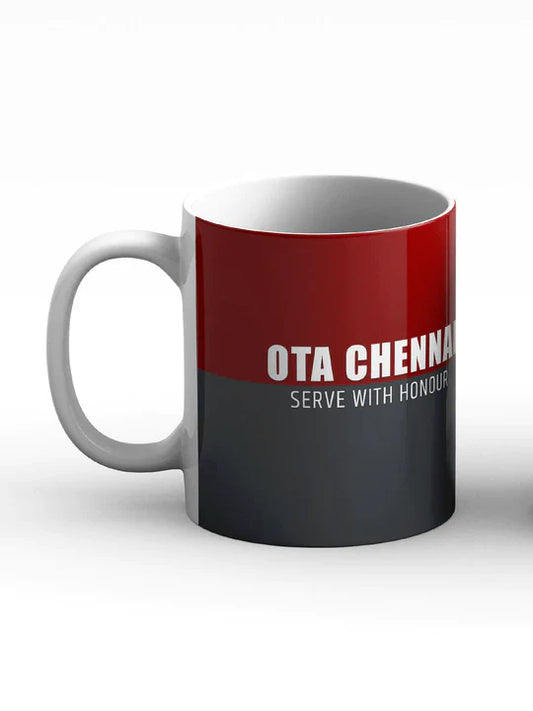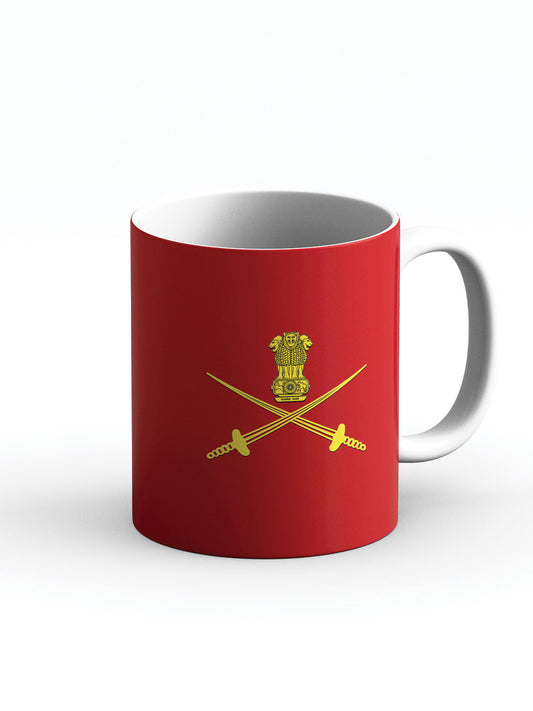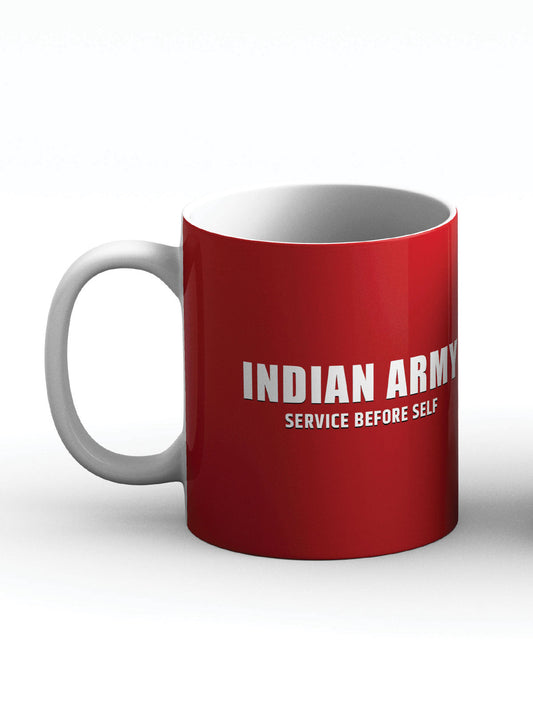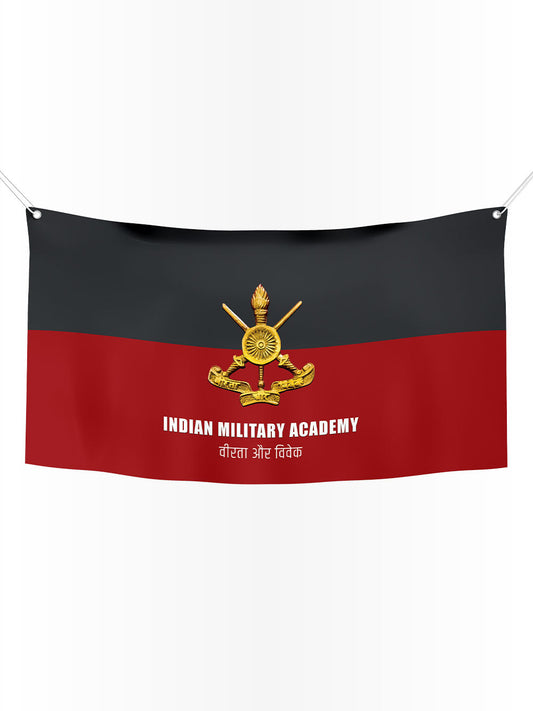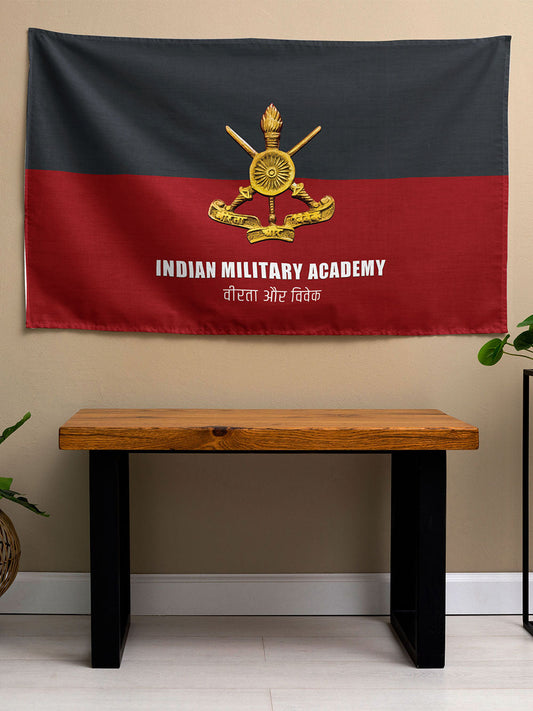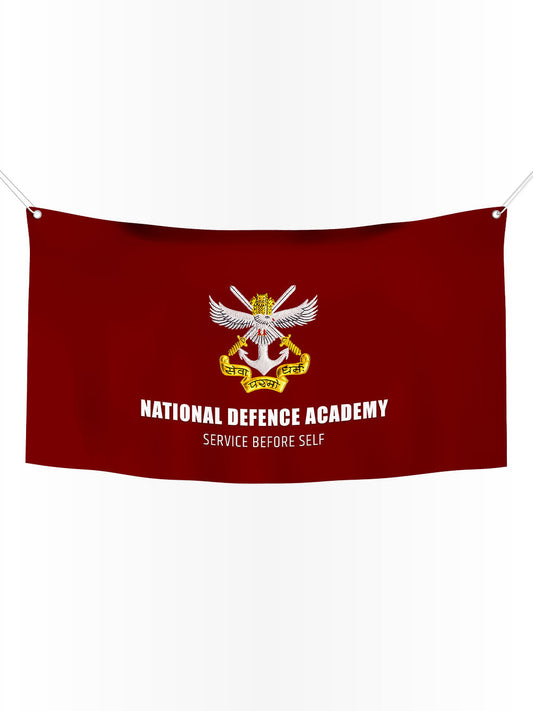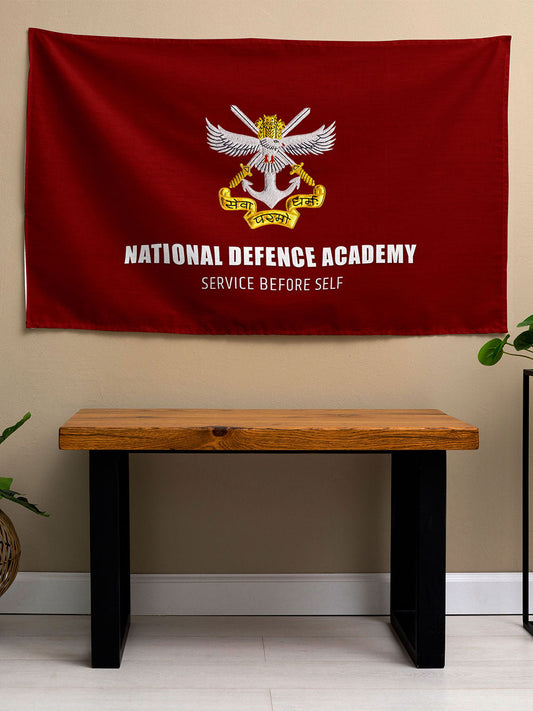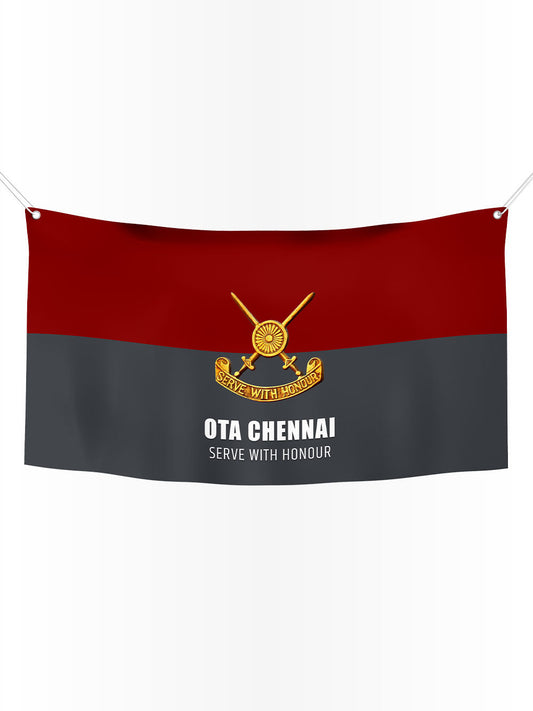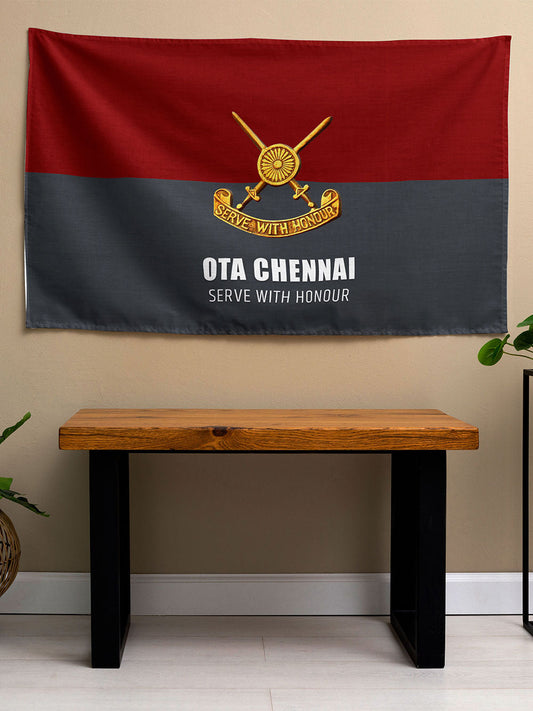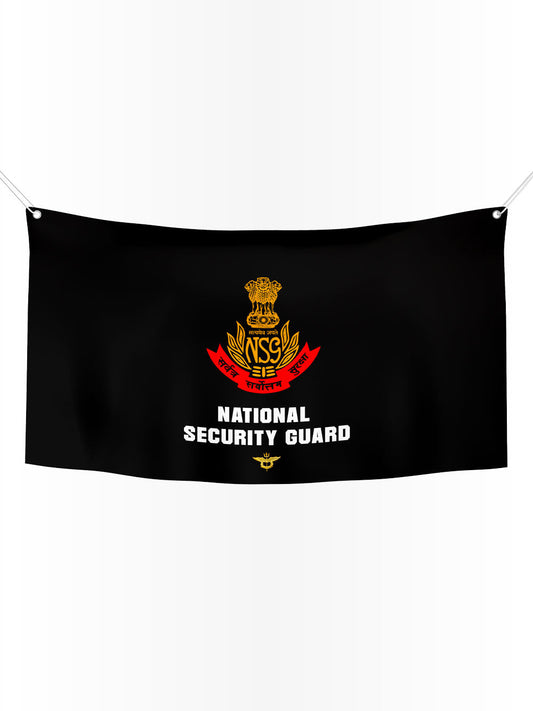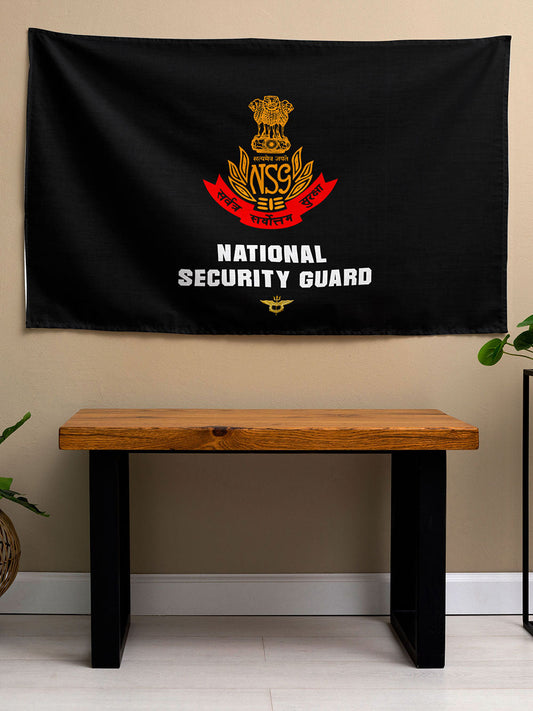Understanding Military Saluting Protocols in Civilian Attire: An Indian Armed Forces Perspective
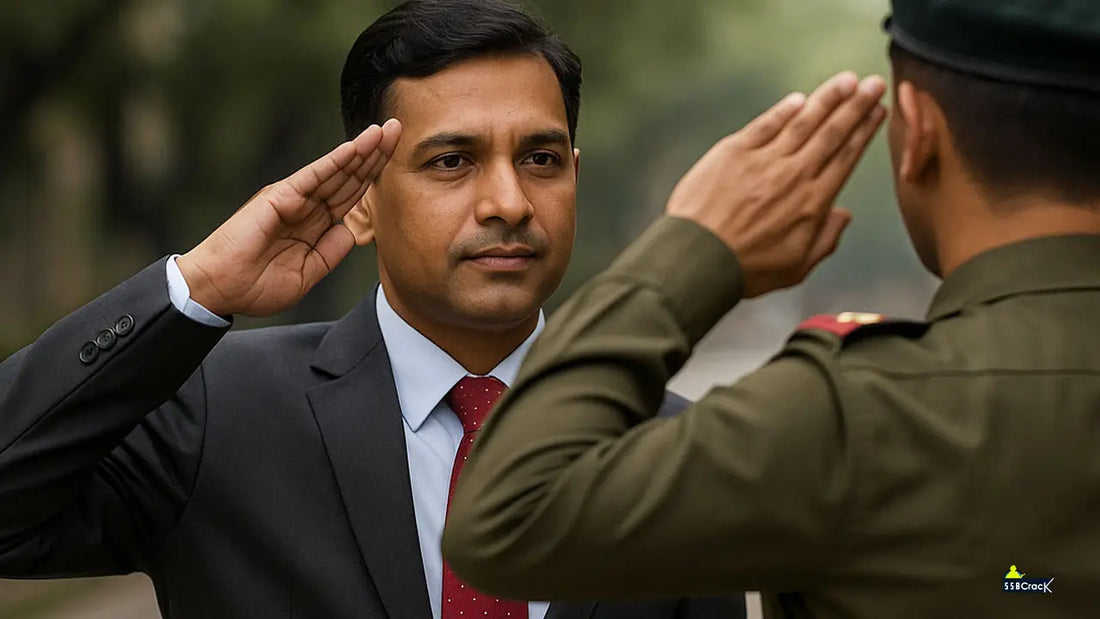
In the structured realm of the Indian Armed Forces, saluting is a longstanding emblem of respect, hierarchy, and national pride. However, questions arise about the appropriateness of this gesture when a soldier is in civilian attire. This article explores the intricacies of military etiquette within India, focusing on the protocols of saluting outside of uniform, and delves into its historical roots, regulations specific to each military branch, and practical scenarios.
The Origins and Significance of the Salute in Indian Military Tradition
The tradition of saluting in the Indian Armed Forces is steeped in history, combining ancient customs and colonial influences. It traces back to medieval European knights who signaled trust by raising their helmet visors. Under British colonial rule in India, the salute evolved into a formal acknowledgment of rank and authority. After India's independence in 1947, the Indian Army, Navy, and Air Force retained much of this tradition, adding nationalistic touches such as the "Jai Hind" verbal salute, popularized by Subhas Chandra Bose.
At its core, the salute reinforces discipline, fosters mutual respect between ranks, and indirectly honors the President of India, from whom all military commissions are derived. It is considered a dignified practice that enhances pride in the uniform and the profession. However, the salute is inherently linked to the military uniform, which signifies the individual's affiliation with the military. Without the uniform, the context changes, leading to protocols that emphasize courtesy rather than formal military drill.
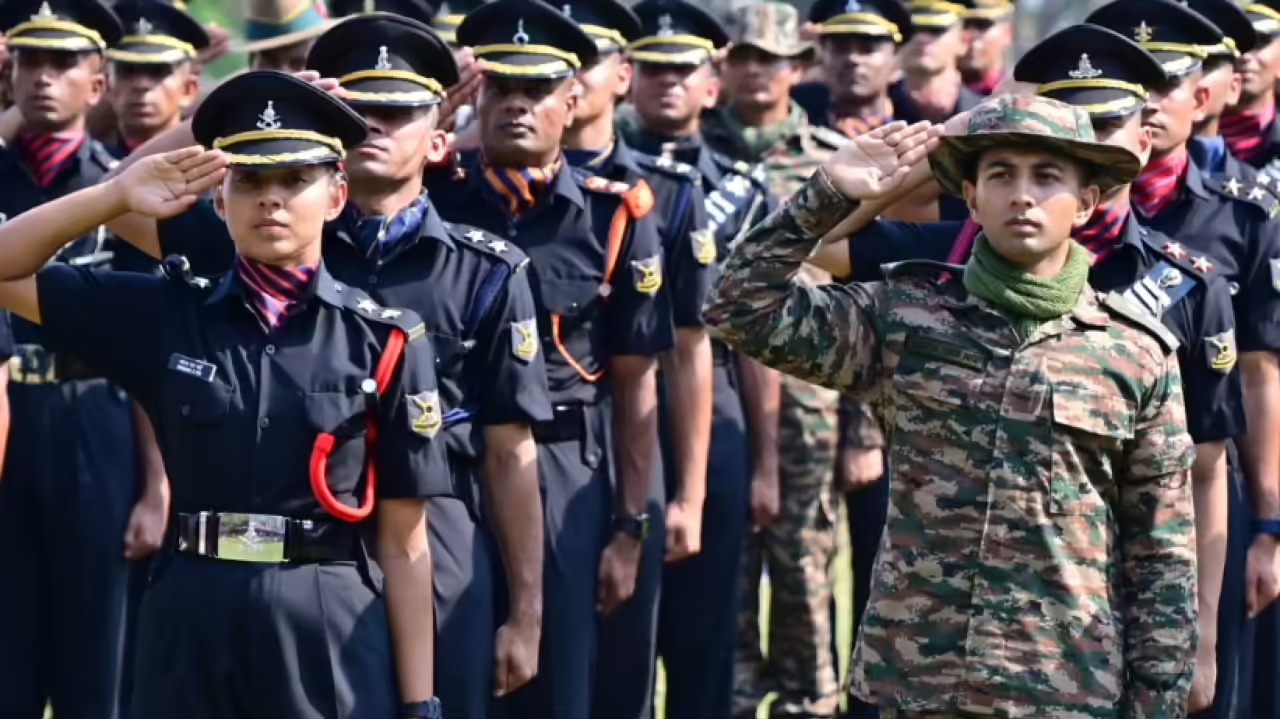
General Rules on Saluting in the Indian Armed Forces
According to key military documents like the Ceremonial and Other Instructions for the Indian Army, saluting is primarily a function of being in uniform. It is required during interactions with superiors, parades, reporting for duty, and national anthem and flag ceremonies. The style of saluting varies slightly among branches: the Army and Air Force display an open palm facing forward, while the Navy's palm faces downward—a nod to historical maritime customs where dirty palms were hidden.
In civilian attire, however, a hand salute is generally neither required nor expected. Without the formal framework provided by the uniform, the gesture might appear out of context. Instead, respect is shown through actions such as:
- Standing at attention with heels together and arms straight by the sides.
- Offering verbal acknowledgments, like "Jai Hind, Sir/Ma'am" or a simple "Good morning."
- Removing headgear (if worn) during solemn occasions such as the national anthem.
This protocol applies to active personnel, officers, and soldiers, although veterans may exercise more discretion in ceremonial contexts. Exceptions exist for highly symbolic situations where a personal choice to salute might be made, though it is not obligatory.
Branch-Wise Breakdown of Etiquette in Civilian Attire
The overarching principle remains the same across branches, but each has subtle variations influenced by its operational context and history.
- Indian Army: According to the Ceremonial and Guard Regulations, officers and soldiers in civilian clothing do not perform hand salutes. A verbal greeting or standing stiffly is sufficient when encountering a superior. During funerals or memorials, standing at attention is customary, with optional salutes allowed for personal respect. Headgear impacts this rule; without it, even in uniform, saluting is adjusted. Sikh personnel with turbans may salute more freely, as the turban acts as headgear.
- Indian Navy: Naval customs, rooted in maritime history, emphasize the palm-down salute in uniform to conceal tar-stained hands. In civilian clothing, hand salutes are unnecessary, aligning with broader Defense Services Regulations. Respect is demonstrated by standing at attention or offering verbal courtesies, especially on ships or during port calls. Ceremonial visits and flag salutes also adhere to non-gestural rules in civilian attire.
- Indian Air Force: Drawing from Royal Air Force traditions, the IAF salute mimics the Army's open-palm style. Regulations specify that in civilian clothes, personnel should stand at attention during parades or flag ceremonies and the national anthem—without hand salutes. Unique customs, such as saluting aircraft captains or honoring funerals, adapt to verbal or physical respect when not in uniform.
| Branch | Uniform Salute Style | Civilian Attire Protocol | Key Exceptions/Notes |
|---|---|---|---|
| Indian Army | Open palm facing forward, middle finger near hatband | No hand salute; stand at attention, verbal "Jai Hind" | Optional at memorials; Sikh turbans allow saluting flexibility |
| Indian Navy | Open palm facing downward at 90° to forehead | No hand salute; attention or verbal greetings | Maritime customs emphasize non-gestural respect in ports |
| Indian Air Force | Open palm facing forward, similar to Army | Come to attention only; no hand gesture | Mandatory attention during anthem/flag events, even in civvies |
Practical Scenarios and Cultural Considerations
Imagine a junior officer meeting their commanding officer in a market while in civilian attire—a quick "Jai Hind, Sir" and standing upright is sufficient, without a salute. During public events like Republic Day celebrations, civilians and off-duty soldiers alike stand at attention during the national anthem, removing hats if necessary. In regimental environments, unwritten norms may promote more formality, but regulations outline the standard.
India's cultural emphasis on respect for authority and patriotism often sees military personnel exceed these minimums. For instance, at war memorials, a personal salute may convey pride. However, poorly executed or out-of-context salutes are discouraged, as they can be perceived as disrespectful. Dress codes in civilian attire also relate to broader etiquette, with avoidance of religious symbols or casual clothing on bases to maintain uniformity.
Broader Etiquette and Related Customs
Saluting is part of a broader military etiquette framework, including addressing superiors as "Sir/Ma'am," adhering to dress codes, and following ceremonial protocols. Other gestures, such as "present arms" or fly-pasts, serve similar respectful purposes. Customs extend chivalry to prisoners of war and foreign officers but adapt to civilian contexts.
While soldiers typically refrain from saluting in civilian dress, the essence of military etiquette—respect, discipline, and patriotism—remains steadfast. This balance ensures the enduring legacy of the Armed Forces, whether in formal uniform or everyday clothing.
